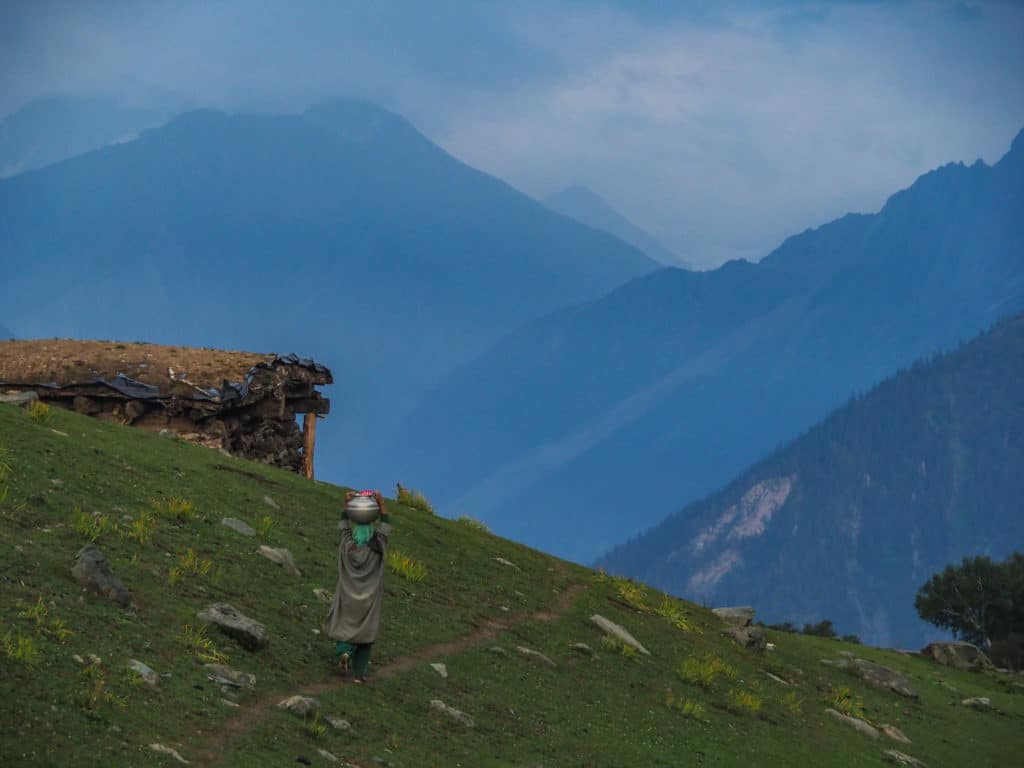How Gender and Energy Access Connect Together
Attributed to Prashanth Vishwanathan
08 March 2022 – by ETA Editorial Team Comments (0)
Gender and energy access remain topic that is not discussed widely enough. However, the implications could not be greater. Consider poverty as a single issue – generally speaking, greater access to energy means less poverty.
Gender Equality of Women and Men and Increased Access of Energy
In other words, one of the largest differences between high-poverty societies and low-poverty societies is the amount of energy used and if it is accessible. Importantly, though, greater levels of sustainable energy access link directly to higher gender equality across continents.
The Current State of Gender and Energy
For millions of women, a lack of energy access means greater exposure to hard labour and dangerous conditions. Take water collection across Asia, where women and girls walk kilometres away from home to collect water by hand. For an everyday necessity, this strenuous daily labour would not exist with access to a simple electric pump and pipes.
Cooking and collecting firewood fall in a similar category, where millions of women and girls cook with smokey solid fuels that release deadly particulate matter and cause disease. Circumventing this suffering with an electrified stove attached to a central or mini electrical grid would save millions of lives annually.

How Gender and Energy Access Come Together
With greater access to energy, women gain invaluable assets—time and opportunity. In the 1960s in the United States, for example, when home appliances exploded onto the scene, women suddenly found themselves with more time to pursue other ventures. A similar model is occurring across the developing world.
Consider the time and energy saved by using a washing machine. It stands in stark contrast to carrying clothes to a distant river and scrubbing each piece of clothing by hand, with children helping too.
Energy Research about Lighting
It’s not just energy access used with appliances that are helping. It’s simple lighting too. With indoor lighting, girls can study for longer after daylight hours. For example, in Brazil, this simple change of lighting resulted in 59% of girls were more likely to finish school up to 18 years of age than those who didn’t have light.
Energy Access, Energy Sector and the Implications for Women
Gender and energy have enormous implications for how a society develops. The time and energy saved and activities enabled by energy access gives rise to opportunity. This ranges from starting micro-businesses to educated girls playing prominent roles in the community to higher income and employment levels for women in developing countries. For example, data shows that women with electricity access earn double than those without access.
Put together, poverty falls, women gain empowerment through choice and opportunity, and societies become equal.
Renewable Energy and Women’s Empowerment Working Together
Today, however, where energy comes from matters. This is where clean, renewable energy can play a vital role. For example, a World Bank development project supported the installation of a solar microgrid for rural communities in Bangladesh. The project saw over 1,000 solar irrigation pumps installed to save time and farm labour. The mini-grid also provided electricity to over 8,000 homes and small businesses. The majority of the beneficiaries of this gender and energy programme were women.
While many rural areas need support, so do urban areas where many poor communities lack access to energy. Importantly, projects are already in motion where renewable energy provides necessities like lighting and clean cooking appliances. Women and girls, who in developing countries spend most of their time around homes stand to benefit the most.
Inclusive Gender and Energy Transition and Access
Energy access, arguably, is a foundational pillar to the development of any society. Equally as important, however, is inclusivity and enabling women in communities to become active in the development process for any project.
First and foremost, women and girls will be the ones to highlight where energy can be of use or why they cannot access it. For example, a project in Lao found that electricity grid uptake was low amongst women after a consultation. They responded by creating a gender-sensitive subsidy in women-headed households.
For women and society at large, energy access is a crucial component. Energy enables women to create and find better opportunities, improves health and well-being, and boosts education for girls. Most importantly, however, energy access and gender links fight poverty and create a fairer, more accessible, and equal world.